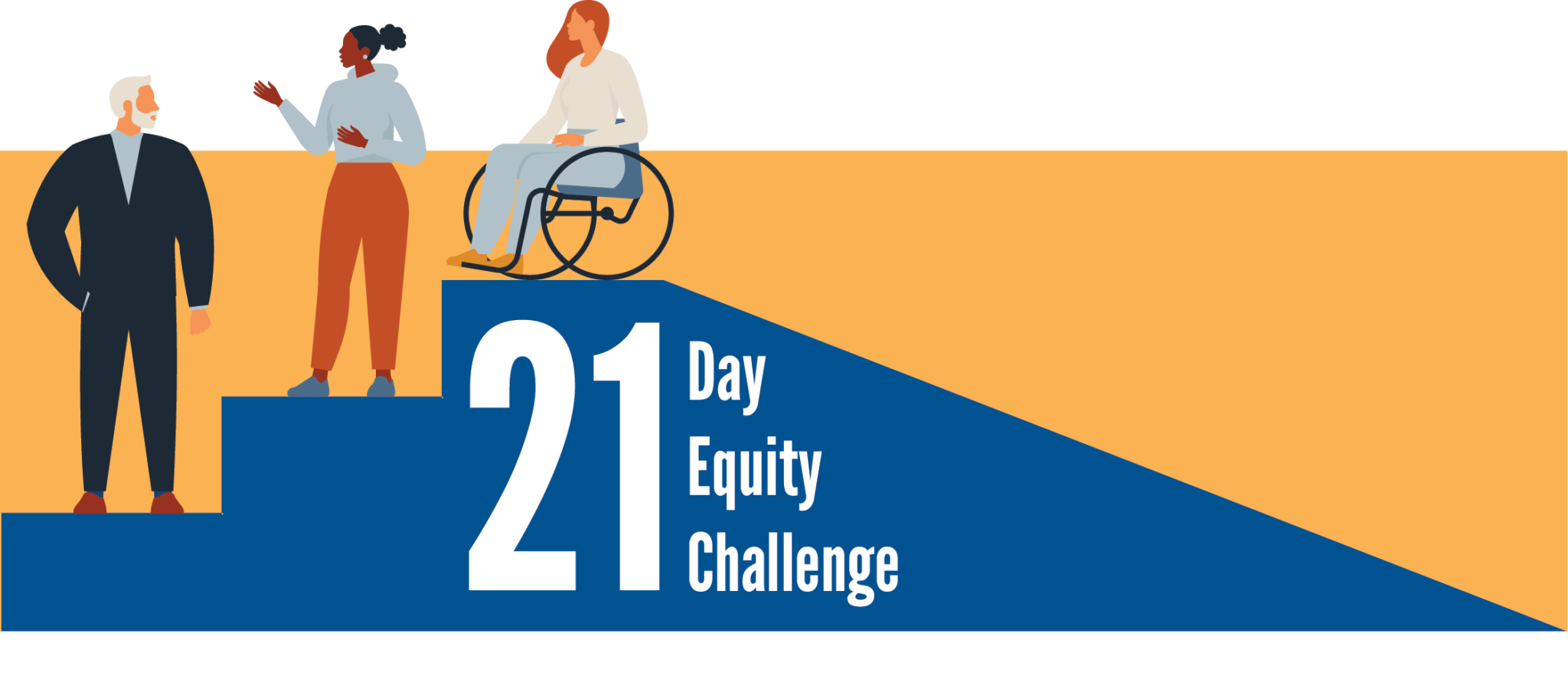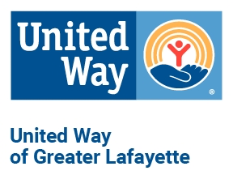
WELCOME TO THE 21 DAY EQUITY CHALLENGE DAY 7!
HOUSING
“Housing is a human right. There can be no fairness or justice in a society in which some live in homelessness, or in the shadow of that risk, while others cannot even imagine it.” -Jordan Flaherty
Housing is foundational to everything we value in our community. Providing access to safe, stable, and affordable housing is instrumental in building an equitable region for all.
Unfortunately, access to housing opportunities has never been equal in this country. The policy that we now know of as redlining has led to lasting disinvestment in minority neighborhoods. Starting in 1936, the Home Owner Loan Corporation (HOLC) created the City Survey Program, which began assigning “grades” to certain neighborhoods based on their perceived condition and lead to the drawing of residential security maps. HOLC spread neighborhoods into four different categories:
- A, for the “best” and most sought-after areas
- B, for the slightly less desirable
- C, for neighborhoods seen as declining
- D, for areas deemed hazardous
Each of these areas was also assigned a color, blue, green, yellow, and red respectively. Grades reflected different characteristics of both the inhabitants and the houses or properties there. If more of the residents living in an area were Black, then the areas received mark downs based on “Age and Inhabitants”. Communities of color were for the majority labeled as red zones, and this redlining led to downfalls in the neighborhood structure and livability. Redlining led to perpetuation of segregation and pitfalls in economic activity and has had lasting impacts in communities across the state.
Beyond redlining, the housing crisis in the United States has only been emphasized in recent years, with many attempts at structural changes and community interventions failing to meet sustainability measures that will keep those in need in safe housing long term. Indiana has seen fluctuations in individuals experiencing homelessness for over ten years, but the numbers stay steadily around 5500 since 2015 (USICH.gov). And with the COVID-19 pandemic bringing concerns about housing to an all-time high, the number of individuals without safe and affordable housing is expected to rise along with economic downturn.
Housing has continued to be a long-standing concern across the country, with numerous factors linking it to historical practices such as redlining and segregation that keep poor neighborhoods poor and rich neighborhoods rich.


